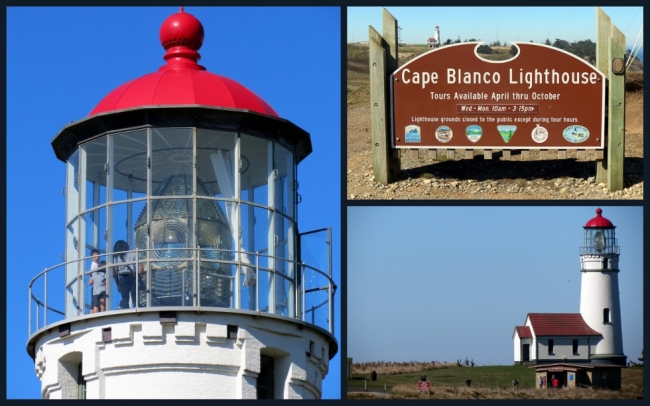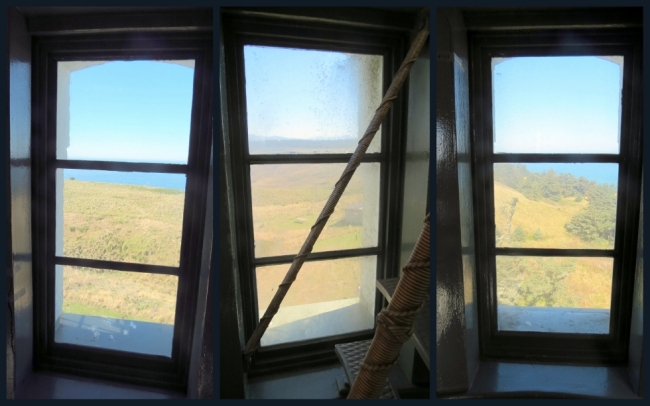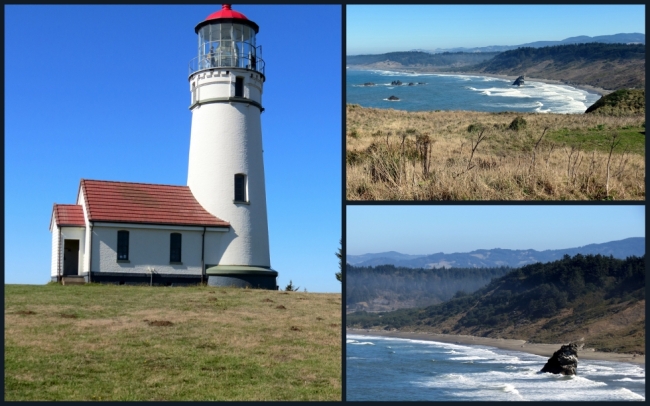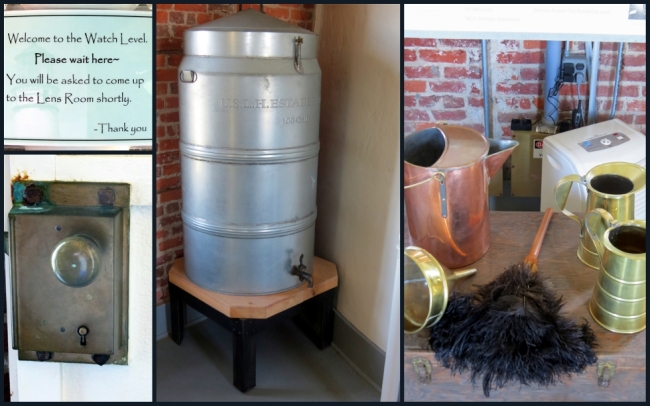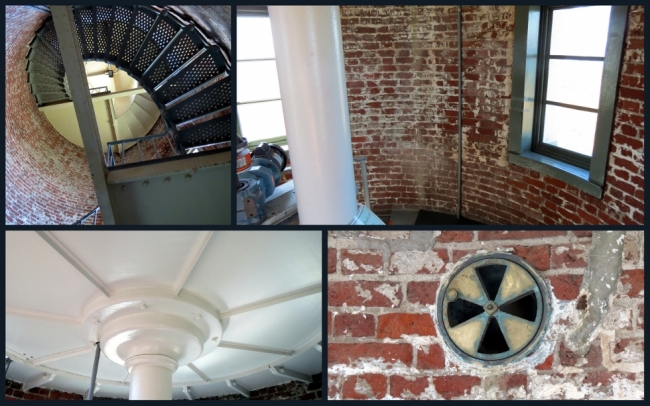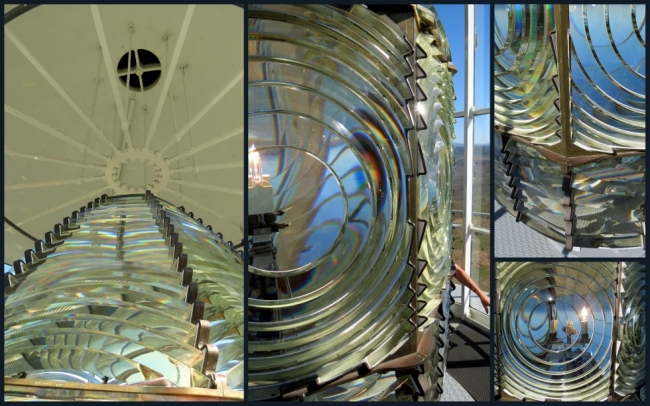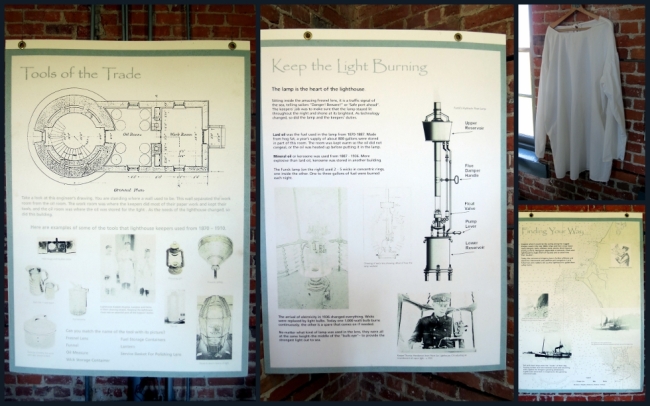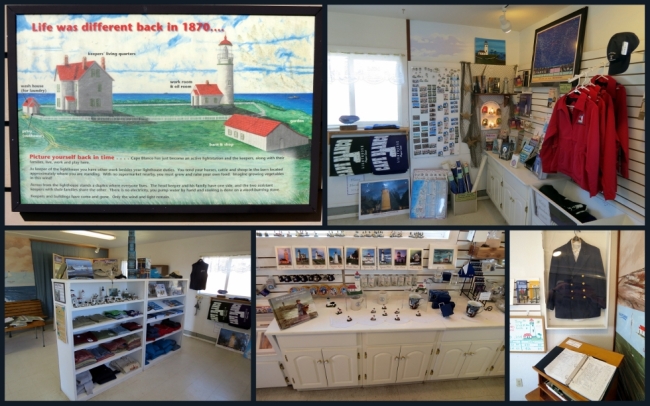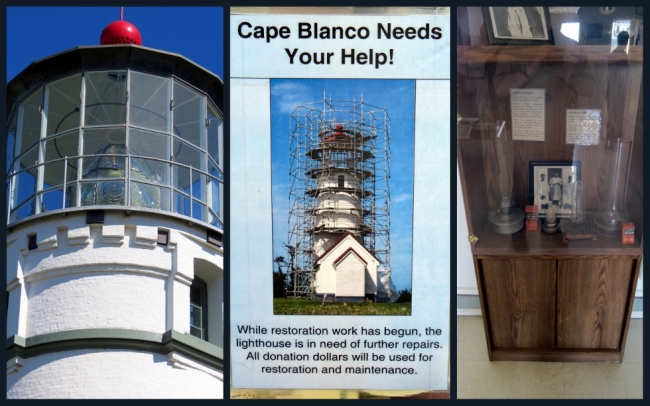Cape Blanco State Park, Oregon
As any visitor to Western-Traveler knows I’m as big a fan of history as of natural areas. One special category has always been impressive man-made structures and of particular interest are lighthouses. Growing up in Kentucky has not been terribly contusive to the study of these impressive sentries, but 2014 turned out to be the year for my first opportunity, and I took it.
My friends the Campbell’s moved to Oregon following a tragic wildfire which destroyed their Utah home. As has been the case for the last two decades I had an open invitation to come and visit. Late in September I boarded a plane in Nashville, Tennessee and many hours later landed at the Rogue Valley/Medford Regional Airport.
Jeff and I had already planned an outing to the Pacific Coast and headed out just a couple of days later. Our travels took us to many awesome sites, but in particular I got excited when we rolled into the Blanco Lighthouse State Park, near Port Orford, Oregon.
It was named in 1603 by Spanish explorer, Martin D’Aguilar (because of it’s chalky appearance). It was also called White Cape for the same reason.
Sitting out in the ocean about a mile and a half, this 1895-acre park gives the visitor an incredible of the rolling countryside and a world-class view of the Pacific ocean from Oregon’s southern coastline. Prior to construction of the lighthouse, a dense spruce forest had to be cleared away, both for fire prevention and the utilization of the lumber for construction.
Bricks for the lighthouse were constructed on-site because of the prohibitively high cost of transporting them to the site due to the lack of a roadway. The rest of the materials were to be brought in by ship and unloaded on the shoreline. The first shipment arrived in May 1870. While unloading, a gale struck destroying most of the materials. Eventually the 50-foot tower was completed, as well as an adjacent oil room to store the fuel needed to light the lamp. Lard oil lamps were replaced with mineral-oil lamps in 1888.
The lighthouse came to life on December 20th, 1870, sending it’s steady white light 20 miles outward through a first-order Henry-Lepaute Fresnel lens. As Cape Blanco was far from any harbor it’s primary mission was to warn mariners away from the reefs and to be used for navigational reference.
Sometime in 1912, a hood was placed around the lamp, and a clockwork mechanism was used to raise and lower the hood to produce the following flashing signature: two seconds of dark, light for three seconds, another two seconds of dark, then light for thirteen seconds. Another upgrade occurred in 1936 when the original lens was replaced by a second-order revolving lens with eight bull’s-eyes. The new lens, now rotated by an electric motor powered by a generator, produced a white flash every twenty seconds. Both the motor and lens are still operating in the tower today.
A radio beacon was put into service on November 30, 1925 to help mariners determine their location during periods of limited visibility. The beacon would transmit groups of three dashes followed by a dot.
Blanco has endured a stormy history, both natural and man-made. In 1932 severe storms ravaged the coast with winds of 100 mph. It was during this gale that shingles were torn off the roof, fences blew down and pebbles came through the plate glass like bullets. Human stupidity reared it’s ugly head in 1992 when two boys attacked one of the lenses bull’s-eyes and six smaller prisms with a sledgehammer. Luckily, both were arrested and convicted of their crime. The lens was restored in 1994 at a cost of $80,000.
Today’s visitor to Cape Blanco can expect to have a great time, both for the history and fantastic view of the Pacific from far above. For a nominal fee you can tour the lighthouse, all the way to the top floor where the beacon resides. The Fresnel lens is an awesome piece of engineering to behold. I’d read about these in my books on lighthouses and frankly never thought I’d have a chance to see one in person, but here I was standing only inches away from the optical marvel.
At the tower you’ll find a couple of volunteers ready to answer your questions and give you a good overview of the operation. I especially enjoyed the discussion on the hardware and technology of the site, and the changes that have taken place over time. Below the tower on the park you’ll find a small, but very nice gift shop with another volunteer “holding down the fort”, or in this case the lighthouse. These dedicated staffers don’t make a dime for their trouble but provide priceless information and help keep the lighthouse open for all of us. They are to be commended.
I’m not normally in the habit of solicitation, but this is an exceptional circumstance. The continuing maintenance of Cape Blanco is paid for with donations, and that’s it. Every dollar you put into the till helps to keep this national treasure open to the public, reach deep and do what you can, I did.
For more detailed information on lighthouse tours, site information and current news, check out their website. This was one of the most enjoyable, fun and educational places I’ve ever visited, I highly recommend it for everyone of all ages. There’s tons to do here so make time to explore.
Last modified on: October 24th 2014.

